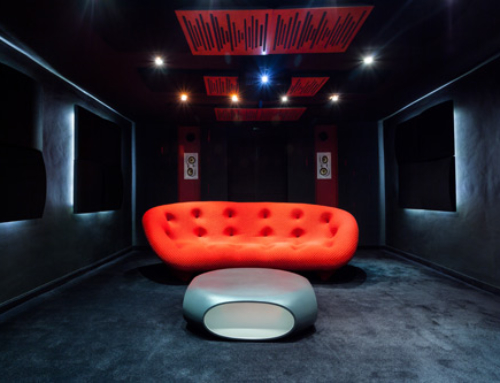Most of us use our kitchens daily, and often, we do more than simply preparing food. Kitchens are often spaces to socialise, catch up with the family, pursue crafts and hobbies, dine or work. That means the lighting in your kitchen must be up to scratch.
Changing the lighting can make a big difference to the usability and ambience in your kitchen. Here are four simple ideas to try.
1. Light Up the Counters
If you’re happy with the overhead lights in your kitchen, consider lighting up some of the areas that tend to cast shadows in the room.
Under counter lighting offers a number of benefits:
- It makes dim areas under cabinets more usable: food preparation is easier if you can see inside your pans, for example
- It improves the atmosphere in the room when you don’t want to use the main light
- It’s a low-energy way of lighting your kitchen when you’re not at home
- It can open up a small space and make your kitchen appear larger
Lighting the area under your kitchen cabinets need not be expensive. Consider slimline fluorescent tubes for a quick fix solution. For better value and a more modern finish, LEDs are the way to go.
In many kitchens, track lights are a good solution. With track lights, you can position bulbs in the areas you need them most, running a track between them. Make sure track lights are positioned so that they don’t dazzle you while you’re preparing meals or using the space.
2. Replace the Ceiling Light
The main light in your kitchen is likely to be the one that gets the most use, particularly when you’re cooking or cleaning. Swapping the light fitting is an affordable way to modernise the kitchen while improving the distribution of light.
When replacing the main light in the kitchen, consider the kind of bulb that your new light fitting accepts. For the ultimate in eco-friendliness and economy, you should aim to replace old fittings with modern LED lighting if at all possible. It’s an investment that will pay dividends over decades to come.
3. Add Spotlights
Spotlights, also called recessed lights, are mounted inside the ceiling to provide a spread of light from multiple small bulbs. This kind of lighting works well if you have plenty of head height available in the room
Consider the trims on your spotlights and ensure they highlight the areas you want them to highlight. Don’t place spotlights at regular intervals throughout the room unless you’re certain all of those lights serve a purpose.
4. Make Use Of Glass
If you have a collection of items that you want to display, consider changing the doors on one cupboard or cabinet to make it a focal point. You can then install lights inside the cabinet that will accent a particular area of the room.
You don’t have to light your cabinet in white; try different colour LEDs or colour changing lights for a creative effect. Sensors will allow you to illuminate the cabinet only when the door is opened.
Designing Kitchen Lighting
Some lighting design jobs are simple enough to do yourself on a weekend. For any major changes or upgrades, we recommend hiring a professional lighting installer to ensure your new lighting suits your layout, décor and budget.
























